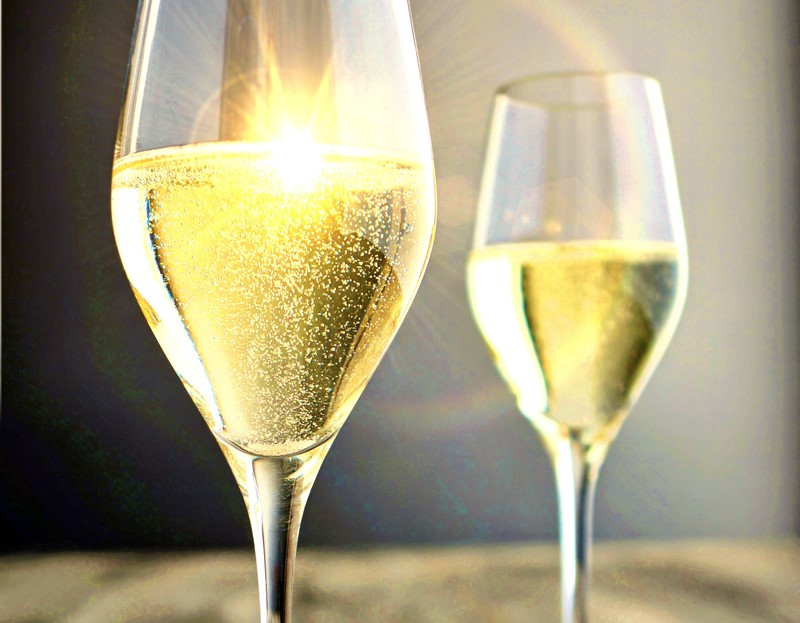Deciphering the bubbles: a guide to assessing sparkling wine quality
The significance of bubbles, texture, and color

Diving into the effervescent world of sparkling wines, it becomes immediately apparent that bubbles are not just a feature; they're a fundamental aspect of the wine's character and quality. For enthusiasts and connoisseurs alike, understanding what those tiny rising spheres signify can transform the tasting experience from merely enjoyable to truly insightful.
The journey of a bubble through a glass of sparkling wine is more than just a visual delight; it's a tale of meticulous craftsmanship and delicate balance. These bubbles are born from a second fermentation process, where winemakers introduce yeast and sugar to the base wine, sealing it tightly. As the yeast feasts on the sugar, it produces carbon dioxide, which, having nowhere to escape in the sealed bottle, dissolves into the wine. When the bottle is opened, and the pressure released, voila—bubbles!
But not all bubbles are created equal. The size, persistence, and texture of these bubbles are tell-tale signs of the wine's quality. Fine, persistent bubbles are the hallmark of a premium sparkling wine. They indicate a slow, controlled fermentation process, often taking place in the bottle itself, just like the traditional method used in Champagne. These tiny bubbles contribute to a smoother, creamier mouthfeel, enhancing the overall tasting experience.
The way bubbles travel through the glass also speaks volumes. Ideally, they should rise steadily and straight, forming a graceful necklace at the surface. This not only showcases the wine's vivacity but also indicates a good balance of acidity and structure—key components of a high-quality sparkling wine. Rapid, erratic bubble movement, on the other hand, might suggest issues with the wine's composition or fermentation process.
Color, too, plays a role in the assessment of a sparkling wine. A pale yellow hue with greenish reflections often points to a wine made with care and high-quality grapes. The exact shade can vary depending on the grape varieties used and the specifics of the winemaking process, but generally, a clear, bright color is a good sign.
When evaluating sparkling wine, then, it's essential to pay close attention not just to the taste but to the visual and tactile sensations the bubbles provide. A glass of sparkling wine with fine, persistent bubbles that rise in a steady stream and display a delicate, pale color is likely to be a high-quality choice.
For those looking to deepen their appreciation of sparkling wines, considering these aspects can add layers to the tasting experience. The bubbles, with their subtle nuances, tell a story of tradition, technique, and terroir—a story that, with every sip, invites us to explore and celebrate the diverse and dazzling world of sparkling wine.
Founded in 2007, Vinetur® is a registered trademark of VGSC S.L. with a long history in the wine industry.
VGSC, S.L. with VAT number B70255591 is a spanish company legally registered in the Commercial Register of the city of Santiago de Compostela, with registration number: Bulletin 181, Reference 356049 in Volume 13, Page 107, Section 6, Sheet 45028, Entry 2.
Email: [email protected]
Headquarters and offices located in Vilagarcia de Arousa, Spain.